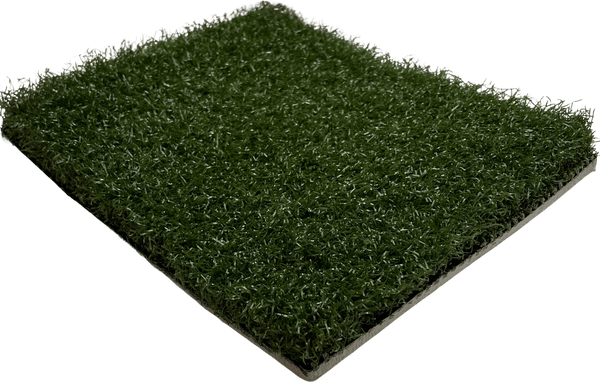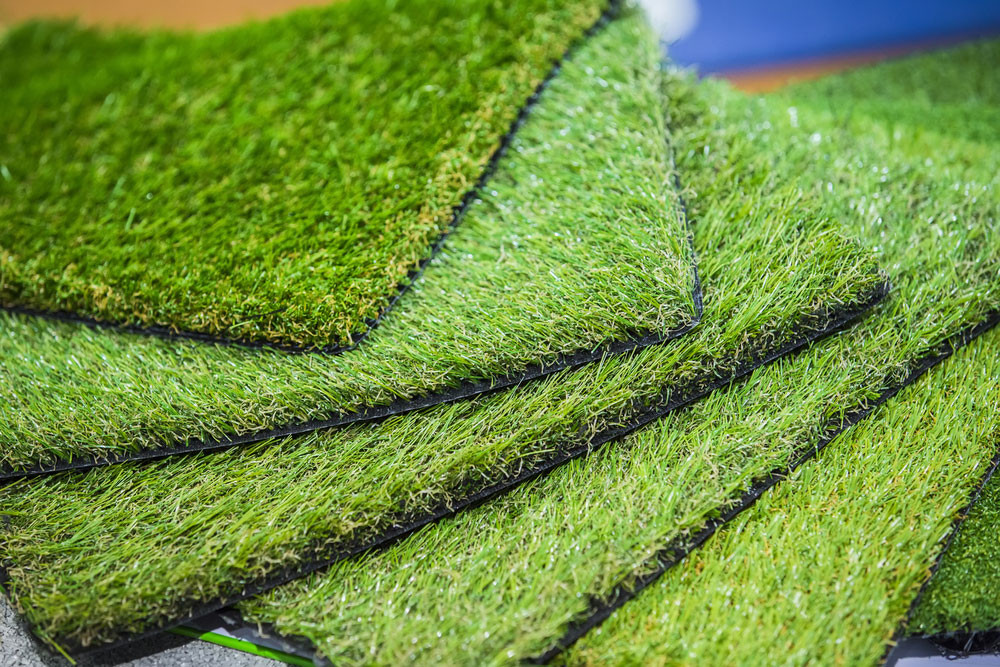Top Phoenix Turf Companies Offering Superior Synthetic Grass Options
Top Phoenix Turf Companies Offering Superior Synthetic Grass Options
Blog Article
See Why Homeowners Prefer Artificial Lawn for Lasting Landscaping Practices
As homeowners progressively prioritize sustainability in landscaping, artificial lawn has emerged as a compelling choice to standard yard. What stays to be explored is the complete extent of benefits that artificial lawn can offer to home owners and the environment alike.
Water Preservation Advantages
One of the most considerable advantages of fabricated grass is its role in water preservation. Traditional yard yards call for considerable amounts of water to preserve their rich appearance, commonly resulting in overuse of regional water sources, especially in deserts. In comparison, synthetic grass removes this need completely, as it does not call for watering. This not only saves water but likewise minimizes the strain on local water systems, especially throughout drought conditions.
Moreover, the installation of synthetic grass can add to a much more lasting landscape. House owners can considerably decrease their water bills, enabling reallocation of resources to various other ecological campaigns or home uses. Additionally, synthetic lawn is designed to hold up against numerous climatic problems without the requirement for extra watering, making it an optimal option for areas encountering water shortage.
The ecological benefits expand beyond instant water cost savings. By decreasing water usage, synthetic grass assists to reduce the influences of climate adjustment, preserving important communities that are threatened by excessive water extraction. As sustainable landscaping methods gain traction, synthetic grass becomes an accountable option for house owners looking for to create environment-friendly outside areas.
Reduced Upkeep Initiatives
Synthetic grass significantly decreases upkeep efforts contrasted to typical yard yards. With artificial yard, property owners can eliminate the time-consuming jobs connected with natural landscaping, such as mowing, fertilizing, and weeding. This not just conserves valuable time yet likewise reduces physical labor, making grass care available for people of all ages.
Among one of the most noteworthy advantages is the absence of regular mowing. Typical lawns require regular cutting to maintain an aesthetically pleasing height, whereas synthetic lawn continues to be continually lush without the requirement for reducing. In addition, homeowners no much longer need to use chemicals or fertilizers, which are often required to keep all-natural lawn healthy and balanced. This change not only lightens the workload however likewise promotes a neater, much more uniform appearance year-round.
Furthermore, synthetic grass is durable and sturdy, needing minimal maintenance beyond occasional brushing and rinsing to eliminate debris. This ease of maintenance permits homeowners to enjoy their outdoor areas without the continuous fear of maintenance, providing even more time for recreation and family members activities. Inevitably, the reduced upkeep initiatives connected with synthetic grass make it an appealing alternative for those looking for a low-maintenance, aesthetically appealing landscape.

Environmental Influence Reduction
There is a growing acknowledgment of the ecological benefits related to artificial grass, particularly in regards to water preservation and minimized chemical usage. Typical grass need significant amounts of water, specifically in drought-prone areas, bring about raised strain on regional water resources. In contrast, synthetic grass eliminates the requirement for watering, dramatically lowering water consumption and advertising sustainability.
Furthermore, conventional lawn upkeep usually involves the application of chemicals, fertilizers, and herbicides, which can contribute to soil and water contamination. Synthetic grass minimizes this environmental danger by calling for minimal maintenance and basically getting rid of the demand for dangerous chemicals. This not just boosts soil health and wellness but additionally shields neighborhood communities from toxic overflow.
Additionally, the production of all-natural yard yards normally involves the use of nonrenewable fuel sources for cutting and landscaping devices, additional contributing to greenhouse gas exhausts. By selecting synthetic grass, homeowners can significantly decrease their carbon footprint connected with lawn care activities.
Visual Appeal and Flexibility
In addition to its environmental benefits, synthetic grass offers considerable visual allure and convenience for landscape design. Property owners can accomplish a lavish, environment-friendly look year-round, getting rid of the seasonal variations typically connected with all-natural lawn. This regular visual not only improves the visual allure of a residential property yet also adds to a sleek and properly maintained appearance.
Furthermore, synthetic grass is available in a selection of appearances, styles, and colors, more enabling customization to fit specific preferences and design motifs - Turf installation phoenix az. Whether made use of in residential gardens, business spaces, or entertainment locations, it can seamlessly integrate into diverse landscaping styles, from modern minimalist to lush exotic settings
The versatility of fabricated grass expands beyond mere look; it can be installed in numerous locations, including roofs, patios, and also indoor areas, creating chances for distinct landscaping remedies. Furthermore, it is ideal for a variety of activities, from kids's backyard to pet-friendly environments, providing functionality without compromising style.
Eventually, the aesthetic allure and adaptability of man-made lawn make it an appealing option for home owners looking for lasting landscape design options that do not give up charm for environmental duty.

Long-Term Cost Cost Savings
One of one of the most compelling advantages of synthetic grass is its possibility for long-lasting price savings. Unlike natural grass, which calls for normal upkeep-- consisting of mowing, watering, fertilizing, and insect control-- synthetic grass substantially minimizes these continuous costs. Homeowners can save a substantial amount on water costs, specifically in areas where water scarcity is a pushing issue. The elimination of lawn treatment solutions better contributes to financial cost savings, as there is no requirement for customized tools or labor.
Additionally, man-made grass has a lifespan of 15 to 25 years, depending on its high quality and usage. This sturdiness lessens substitute prices, making it an extra affordable selection over time. Moreover, the first financial investment in synthetic grass can commonly be recovered via the cost savings accumulated over time.
While the ahead of time expense might appear higher contrasted to turf setup, the cumulative cost savings from reduced upkeep and water use commonly outweigh these first expenses. Eventually, the adoption of synthetic grass not just advertises a sustainable landscaping option yet likewise provides homeowners a financially anchor savvy choice that aligns with long-lasting budgeting objectives.
Verdict
Man-made turf becomes an engaging alternative for lasting landscaping, offering considerable benefits in water conservation, decreased upkeep initiatives, and diminished ecological impact. Its aesthetic charm and convenience enhance the visual landscape while lining up with modern-day sustainability objectives. Long-lasting expense savings add to its attractiveness for home owners. As neighborhoods progressively prioritize environmentally friendly methods, the fostering of synthetic grass represents a progressive action toward attaining lasting and durable landscapes.
Additionally, fabricated lawn is designed to hold up against different climatic conditions without the need for additional watering, making it a suitable choice for regions facing water shortage. (Arizona turf)

Artificial grass emerges as an engaging alternative for lasting landscaping, supplying significant benefits in water preservation, lowered maintenance efforts, and reduced environmental effect.
Report this page